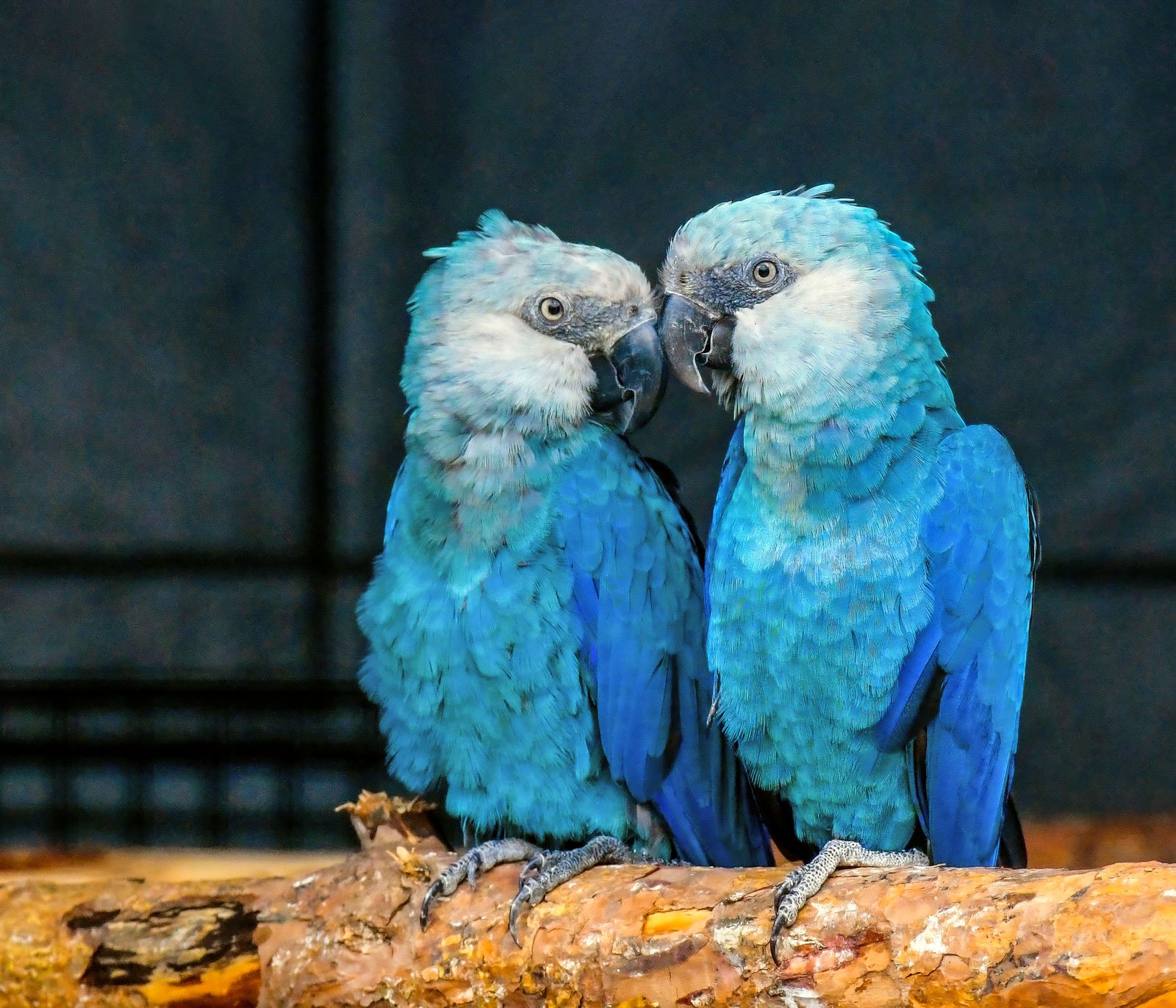The Story of Spix’s Macaw: From the Wild to Extinction and Beyond
Introduction:
Spix’s Macaw, scientifically known as Cyanopsitta spixii, is a stunning blue parrot native to Brazil. Known for its vibrant blue plumage and remarkable intelligence, Spix’s Macaw captured the hearts of bird lovers worldwide. Despite its beauty, habitat destruction and illegal trapping led to its decline in the wild. Declared extinct in the wild in 2000, efforts to breed and reintroduce this species offer hope for its return to its natural habitat.
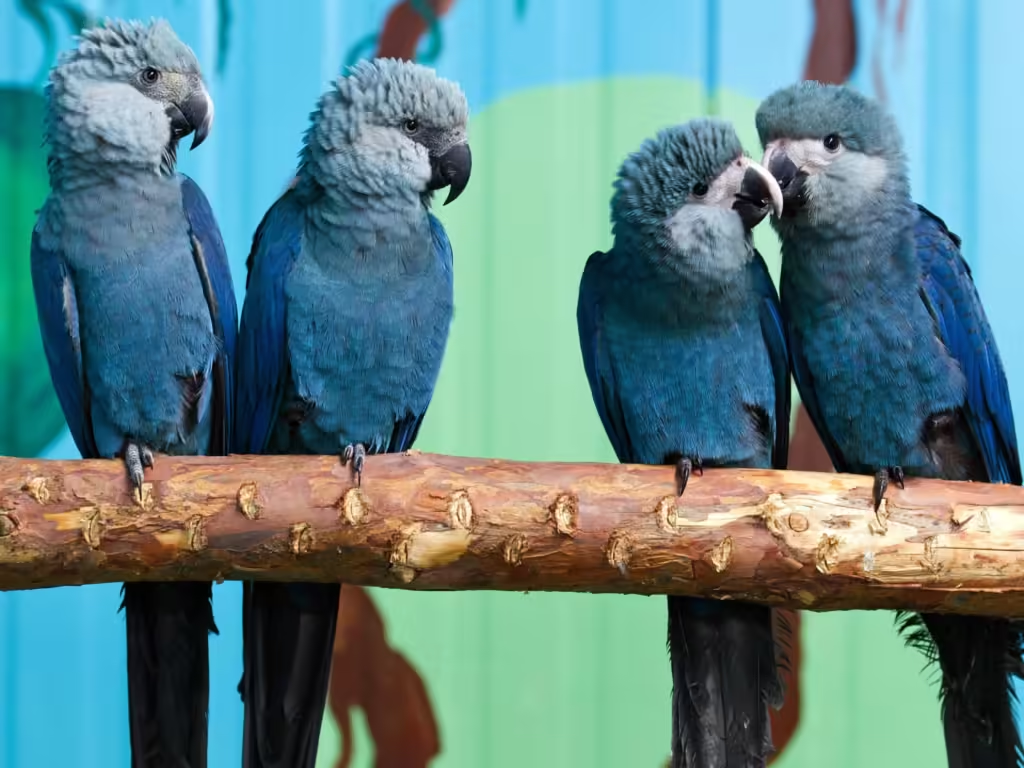
Facts:
| Attribute | Details |
|---|---|
| Scientific Name | Cyanopsitta spixii |
| Common Names | Spix’s Macaw, Little Blue Macaw |
| Year Declared Extinct in the Wild | 2000 |
| Kingdom | Animalia |
| Phylum | Chordata |
| Class | Aves |
| Order | Psittaciformes |
| Family | Psittacidae |
| Genus | Cyanopsitta |
| Species | C. spixii |
| Natural History and Origin | Native to the Brazilian Amazon, particularly along the Rio São Francisco |
| Physical Information | Medium-sized parrot, about 55 cm in length |
| Appearance | Bright blue plumage with lighter blue on the head and underparts |
| Scientist Names | First described by German naturalist Johann Baptist von Spix in 1824 |
| Region | Brazil, primarily along the Rio São Francisco |
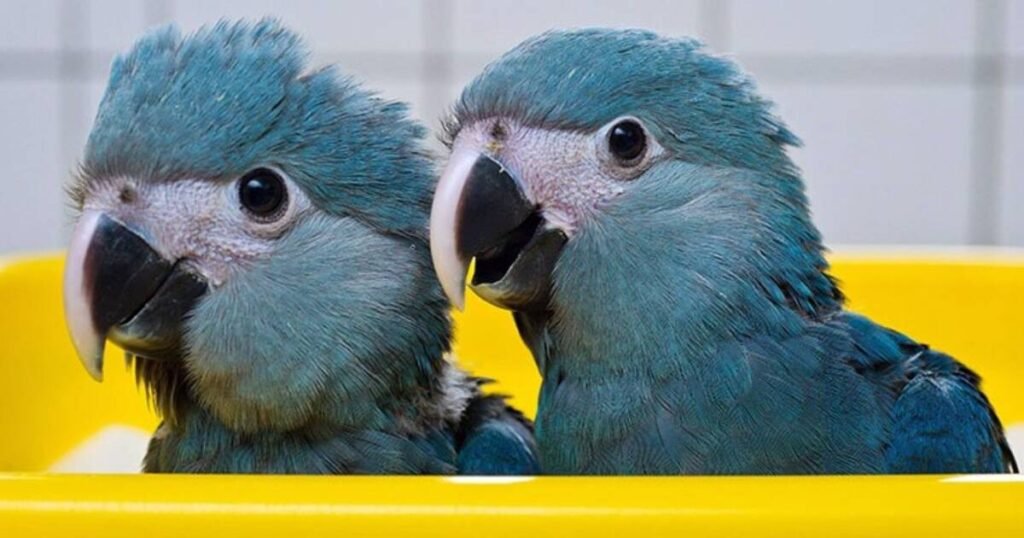
Appearance:
Spix’s Macaw is a medium-sized parrot, measuring about 55 cm in length. It is renowned for its vibrant blue plumage, with shades ranging from deep blue on the wings and tail to lighter blue on the head and underparts. The bird’s beak is large and black, well-suited for cracking nuts and seeds. Its bright yellow eyes are surrounded by bare, grayish-blue skin, adding to its striking appearance.
Distribution:
Historically, Spix’s Macaw was found along the Rio São Francisco in Brazil. Its habitat included gallery forests, where it nested in tree cavities and fed on a variety of seeds, fruits, and nuts. The destruction of these forests, combined with illegal trapping for the pet trade, drastically reduced its population.
Habits and Lifestyle:
Spix’s Macaw was a social bird, often seen in pairs or small groups. It was diurnal, spending most of its day foraging for food and socializing with other macaws. These birds were known for their strong pair bonds, with mated pairs often remaining together for life. Their vocalizations included a variety of calls used for communication and to maintain contact with their flock.
Physical Characteristics:
The bright blue plumage of Spix’s Macaw made it easily distinguishable from other macaws. Its feathers were not only beautiful but also provided camouflage in the dappled light of the forest canopy. The macaw’s strong beak and agile feet were essential tools for feeding and climbing.
Diet and Nutrition:
Spix’s Macaw primarily fed on seeds, nuts, and fruits found in its forest habitat. The bird’s powerful beak allowed it to crack open hard shells to access the nutritious contents inside. Its diet also included flowers and nectar, which provided additional nutrients and energy.
Behavior:
Spix’s Macaw exhibited complex social behaviors, including vocal communication, preening, and playing. These activities helped strengthen the bonds between individuals and ensured the cohesion of the flock. The macaws were also territorial, defending their nesting sites and feeding areas from intruders.
Cause of Extinction:
The primary causes of Spix’s Macaw’s extinction in the wild were habitat destruction and illegal trapping. The clearing of gallery forests for agriculture and cattle ranching destroyed much of the bird’s natural habitat. Additionally, the macaw was highly sought after in the illegal pet trade, leading to extensive trapping and smuggling. Despite conservation efforts, these pressures led to the decline of the wild population, with the last confirmed sighting in 2000.
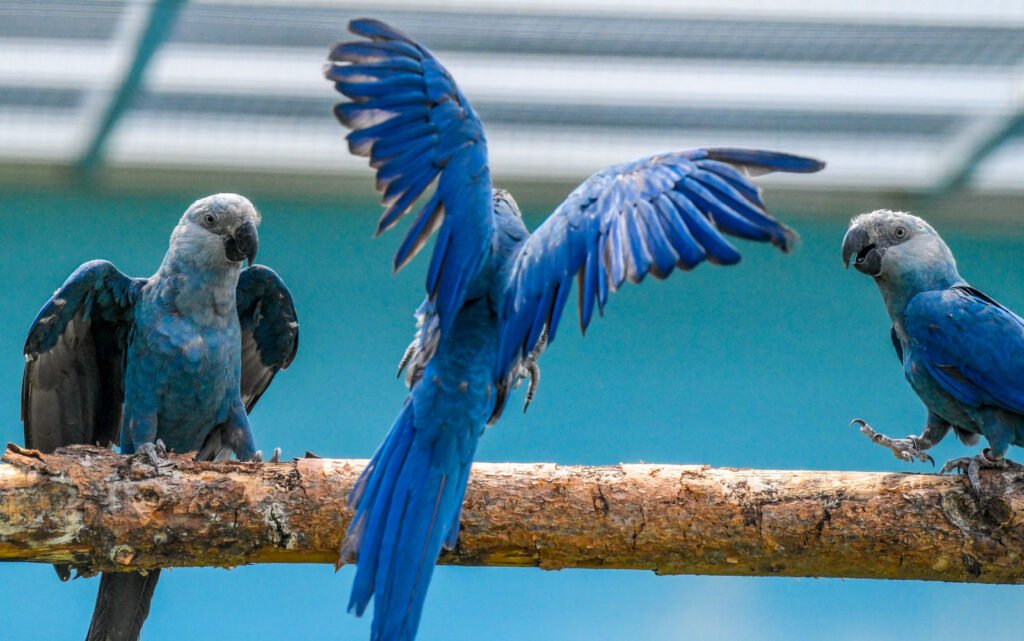
FAQs:
| Question | Answer |
|---|---|
| What led to the extinction of Spix’s Macaw in the wild? | Habitat destruction and illegal trapping for the pet trade. |
| When was the last confirmed sighting of Spix’s Macaw in the wild? | The last confirmed sighting was in 2000. |
| What did Spix’s Macaw eat? | Its diet included seeds, nuts, fruits, flowers, and nectar. |
| Why is Spix’s Macaw significant? | Spix’s Macaw is a symbol of the challenges faced by endangered species and the importance of conservation efforts. |
| Are there efforts to reintroduce Spix’s Macaw to the wild? | Yes, captive breeding programs and reintroduction efforts are ongoing to bring Spix’s Macaw back to its natural habitat. |
Categories:
- Extinct Birds
- South American Wildlife
- Conservation Efforts
- Rainforest Ecosystems
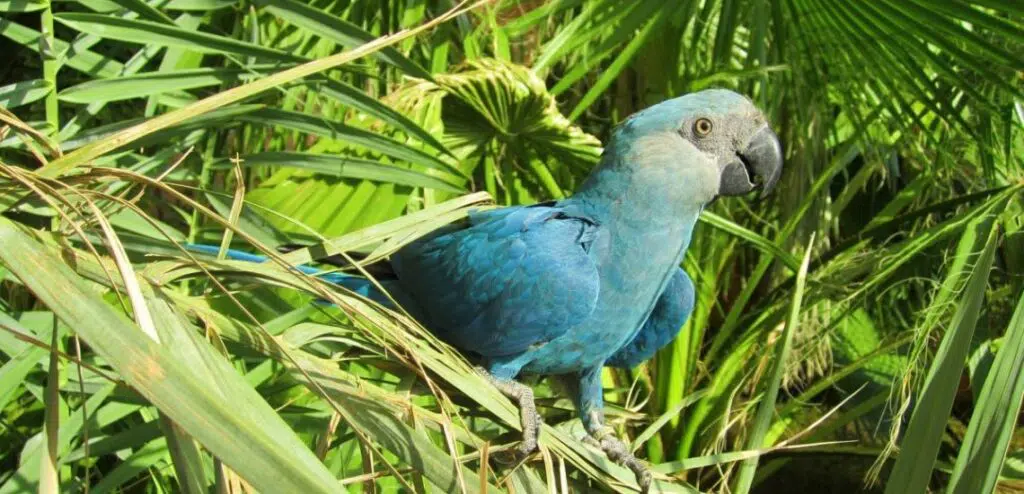
These details should provide a comprehensive overview of Spix’s Macaw, ideal for educational and conservation-focused content on your website.
-
Sea Mink: The Lost Predator of the North Atlantic
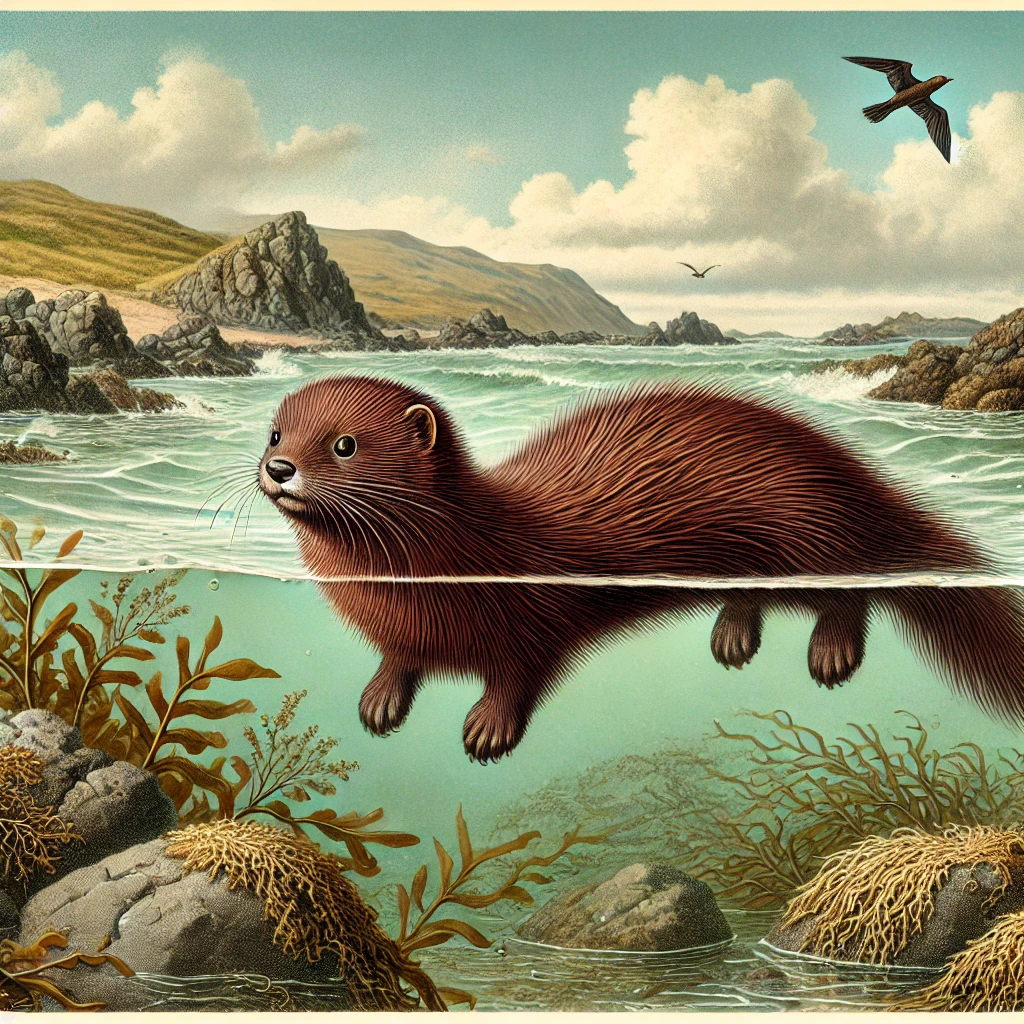
Rediscovering the Sea Mink: An Extinct Coastal Hunter Introduction: The Sea Mink, scientifically known as Neogale macrodon, was a large,…
-
Moa: The Extinct Giants of New Zealand
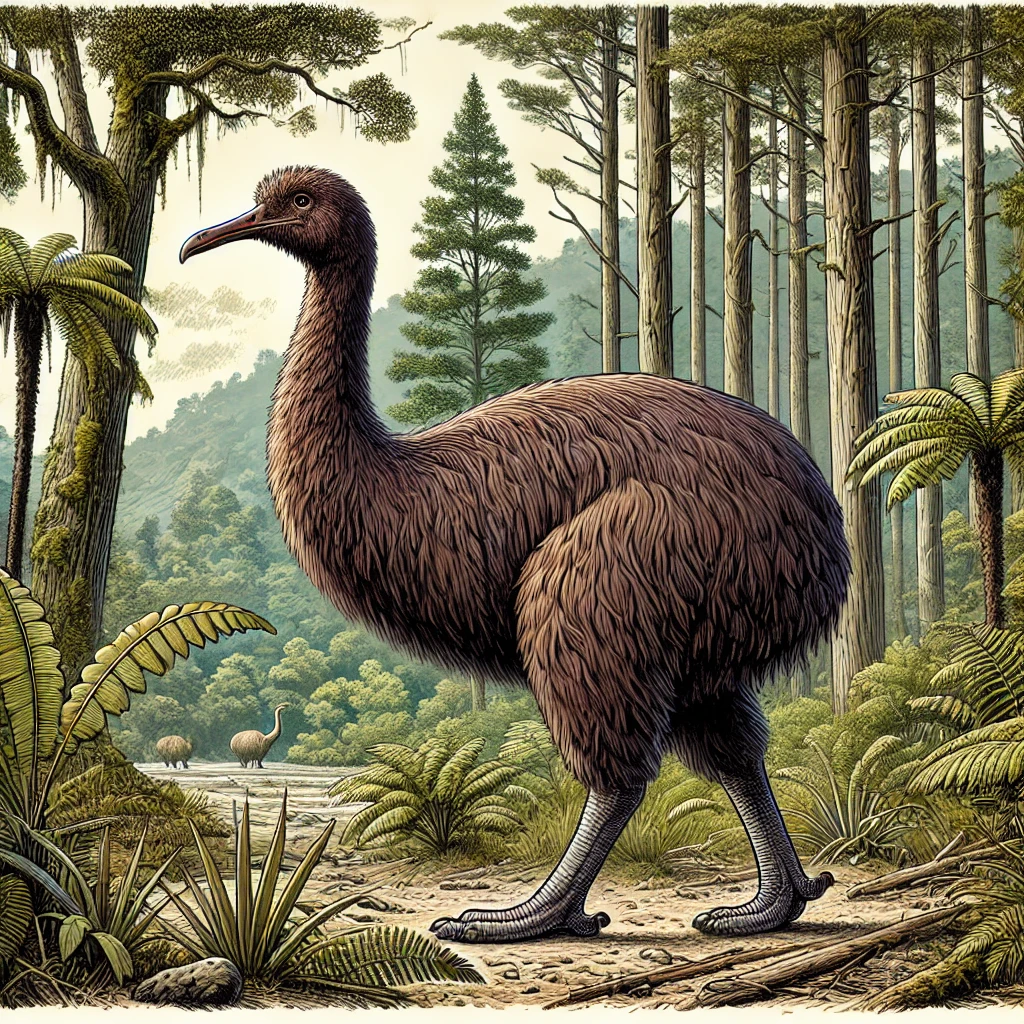
Exploring the Moa: New Zealand’s Lost Giants Introduction: The Moa, belonging to the order Dinornithiformes, were a diverse group of…
-
Dodo: The Iconic Symbol of Extinction
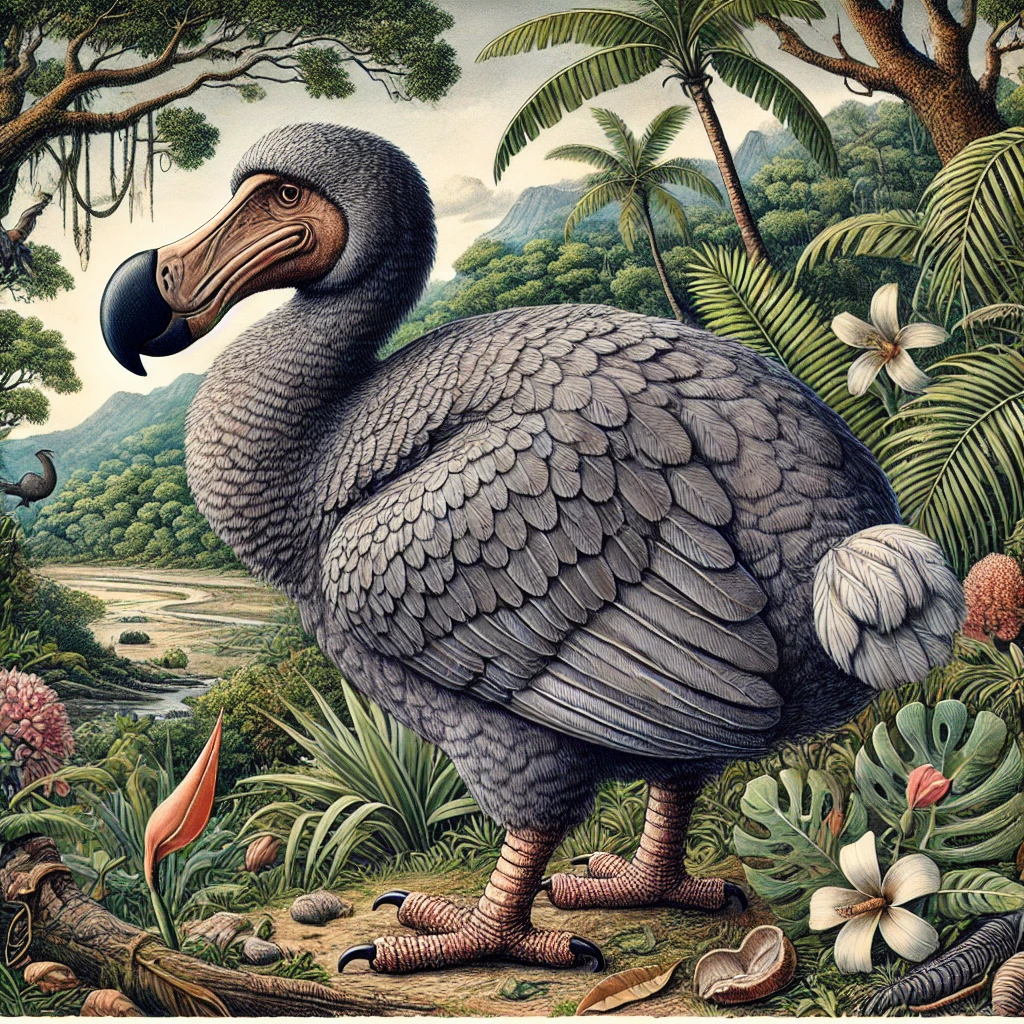
Unraveling the Dodo: The Lost Bird of Mauritius Introduction: The Dodo, scientifically known as Raphus cucullatus, was a flightless bird…
Views: 9
